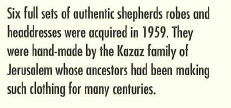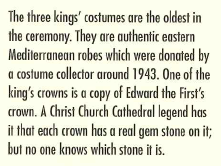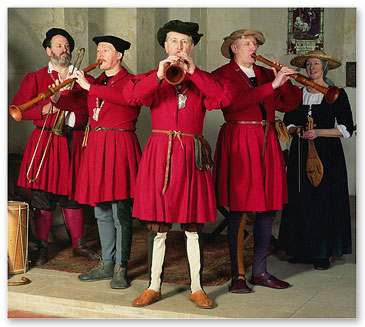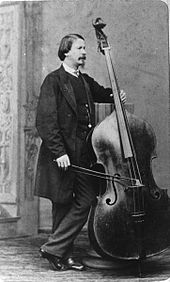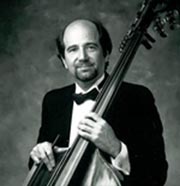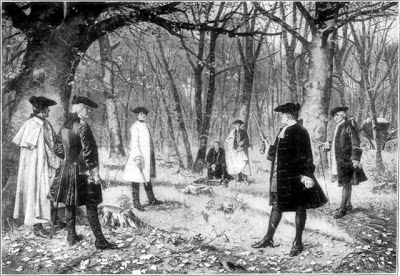Here’s the (strangely unlisted) video that got me going down this rabbit hole:
“Most of it sounds like simply nothing else at all,” quoth Sir Simon. Now my curiosity was piqued. Could this Haas fellow truly have created such a novelty? Such statement must compel me (and all other snobs musicals) to find in every note, chord, and phrase an exact sonic equivalent somewhere else. Listening to this piece would be a challenge.
Lo and behold, that challenge turned to joy. Yes, this music does have notable influences: as Sir Simon mentioned, many tendencies in late Ligeti are distilled here, and there is Scelsi, and perhaps Ben Johnston, and certainly his fellow “Spectralist”* Gérard Grisey. But so what? In the end, this is fabulous music and in its combination of and expansion upon these various influences, it transcends them. Perhaps that’s what Sir Simon was getting at, but of course, one must be a cheeky literalist bitch and call such things out.
*[I’ve been totally meaning to “get into” Spectralism for a while now, and it turns out I did it and didn’t even know it!]
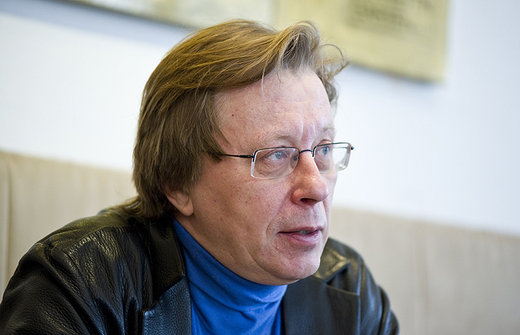
Herr Haas himself
As SS says, this piece is indeed an hour long. I’ve listened to it five times now straight through, and it’s held my rapt attention on each occasion. I usually end up playing FLOW on my iphone even during Downton Abbey, the most entertaining show ever to exist, so that’s saying something. You can listen to it on Spotify, hear it on YouTube, buy it on iTunes or best yet, watch it on the Berlin Phil’s Digital Concert Hall. That way you get to see (rather, experience) the musicians playing in the dark. Speaking of which: how they be playing all this shit in the dark?? Color me impressed!
Saith Alex Ross, rather more eloquently:
At the climax, all these shimmering fragments are derived from a fundamental C, meaning that the music accumulates a glorious sheen, like a new dawn of tonality. Repeated gong strokes add to the sense of elemental ritual. A revelation is at hand. But it all goes awry: notes bend from their “natural†paths, the lights come back up, the frantically scurrying figures return, and, after several herky-jerky accelerations and decelerations, the music abruptly switches off. And you finally understand the title: a new kind of beauty seems ready to come into the world, but in the light of day it falters, and we end up back where we started.
I didn’t act on Alex Ross’s words in 2011, but I exhort you to heed mine now: listen to this music!! It is totally baller!!

